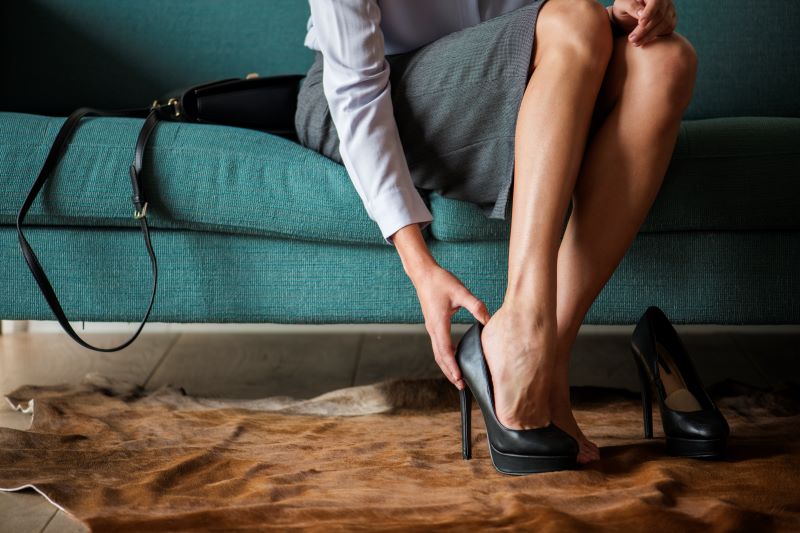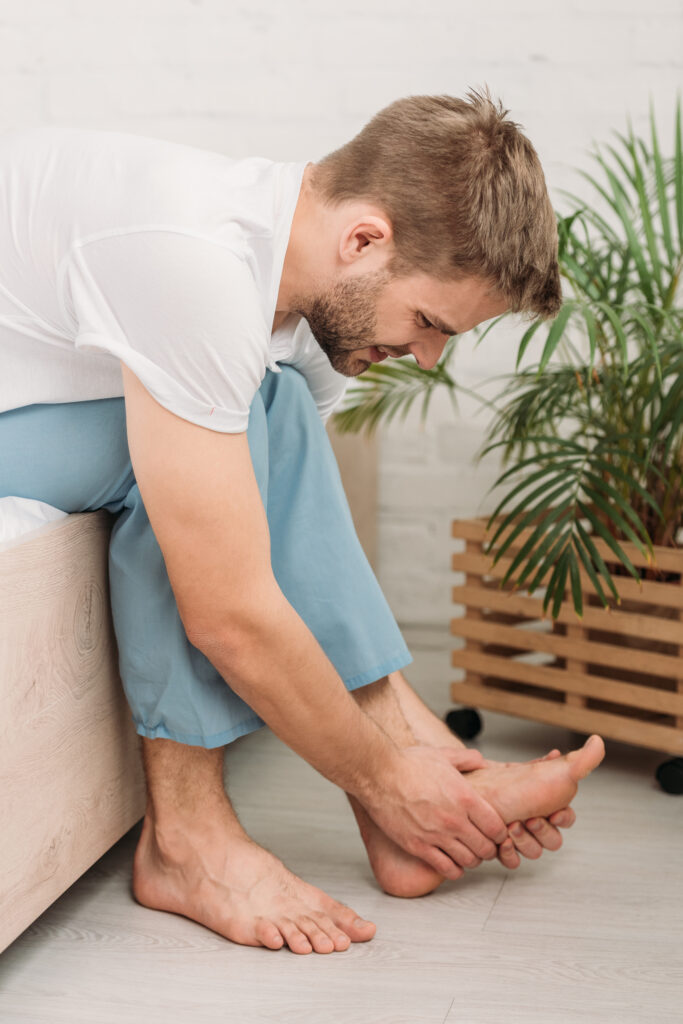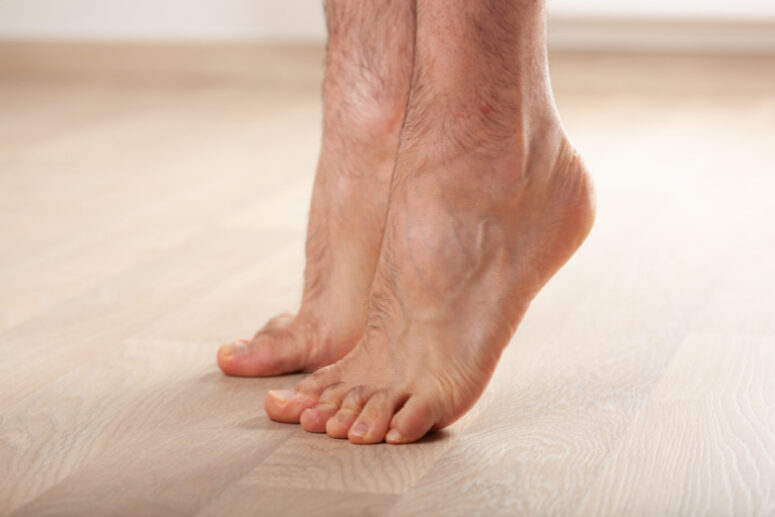What Is the Best Varicose Vein Treatment?
You might think of varicose vein treatment as a purely cosmetic concern. However, did you know that varicose veins can sometimes be painful and lead to more serious health issues? Varicose veins are twisted and enlarged veins. Any vein that is close to the surface of the skin has the potential to become varicose. However, most of the time, varicose veins appear in the legs. This is because standing around and walking can enhance the pressure in the veins located in the lower body. For some people, varicose vein treatment is purely cosmetic. For others, this treatment is necessary to alleviate pain. Either way, we’ll discuss varicose veins, blood clots in legs as a possible complication, and how to get rid of varicose veins in this article. Follow along to learn more about this condition.
 What Causes Varicose Veins?
What Causes Varicose Veins?
You might be concerned about potentially developing varicose veins. In this case, you’ll want to be on the lookout for common symptoms. Most of the time, these veins can show up without providing any signs of pain. A vein might be varicose if it appears bulging or somehow twisted on the leg, almost like a cord. These veins also tend to appear purple or dark blue. Another common condition that is just a milder form of varicose veins is called spider veins. Spider veins will appear smaller than varicose veins and tend to be red or blue in color. They’re called spider veins because they often look like a spider’s web of veins on the legs or face.
Sometimes marked pain occurs with varicose veins. You might experience a heavy or aching feeling in your legs. Additionally, you could feel throbbing, burning, and swelling in your lower legs. This pain might get worse after standing or sitting for long periods. Other symptoms include an itching around the vein, as well as potential changes in skin color around the affected area. It’s important to see a doctor if you are experiencing pain in your legs due to varicose veins. And, if you are unhappy with how these veins look, it might be worth considering treatment too. If you believe varicose veins are affecting your life in any form, consult your doctor to figure out a treatment plan.
Now, you might be wondering what causes varicose veins. In order to understand what causes varicose veins, you have to understand a little more about how blood circulates. As you might know, arteries carry blood from the heart to other parts of the body. Veins return this blood to the heart. The veins in the legs, however, have to work harder than most of the other veins in your body. This is because they have to work against gravity. Tiny valves in these veins open to allow blood to flow back to the heart. Then they close to keep the blood from flowing backward. When the valves become weak or damaged, blood will flow backward and start to pool in the veins. This enlarges the vein, which results in it becoming varicose.
 Blood Clot in Leg
Blood Clot in Leg
There are a few risk factors that increase the possibility of developing varicose veins. The first risk factor is age. As you age, parts of your body begin to wear down. The valves in your veins may become damaged or worn as you get older. Women are also more likely to develop varicose veins than men. Female hormones have been found to relax vein walls. Hormonal medications like birth control pills might increase your risk of developing varicose veins. Obesity also puts more pressure on veins, potentially causing the valves to break down. And, if you have a family history of varicose veins, you might be more likely to get them as well.
Complications that arise due to varicose veins are rare but can occur. Sometimes painful ulcers can appear on your skin near varicose veins. If you think you have a leg ulcer, it’s important to contact your doctor immediately. Additionally, if varicose veins are causing you persistent pain, it might be a sign of a blood clot in your leg. Persistent pain or swelling should be taken very seriously, and you should see a doctor if you experience this. Sometimes, veins close to the skin can burst. This tends to only cause minor bleeding but still requires medical attention. If you feel any of these complications apply to you, we advise you to seek care as soon as possible.
How to Get Rid of Varicose Veins
There are a number of different treatment options for varicose veins. Treatment options will usually start small. Self-care, like getting enough exercise or raising your legs when sitting and lying down, might help. Wearing compression stockings also might help blood circulate more effectively. Surgery and other kinds of procedures are potential options for those with severe cases. One treatment called sclerotherapy involves injecting the veins with a solution that allows the veins to fade. Laser treatment is also an option that requires no cuts or needles. There are also catheter-based procedures using radiofrequency or laser energy, as well as vein stripping and ambulatory phlebectomy. So, no matter the reason, there are many options for those who want to get rid of varicose veins.
 Varicose Vein Treatment Near Algonquin, IL
Varicose Vein Treatment Near Algonquin, IL
If you are looking for specialists to treat varicose veins, take a look at Foot and Ankle Specialists of Illinois. We are a team of experts that treats everything from varicose veins to plantar warts to nerve-related foot problems. When it comes to your general health and well-being, we believe that it starts in the feet. Our team knows the value of having a good foundation. Being able to move around is a huge part of your overall health. If you have difficulty moving around, it can quickly lead to a host of other health issues. If you are having foot or ankle issues, come to us for a diagnosis and the most effective personalized treatment plan.

